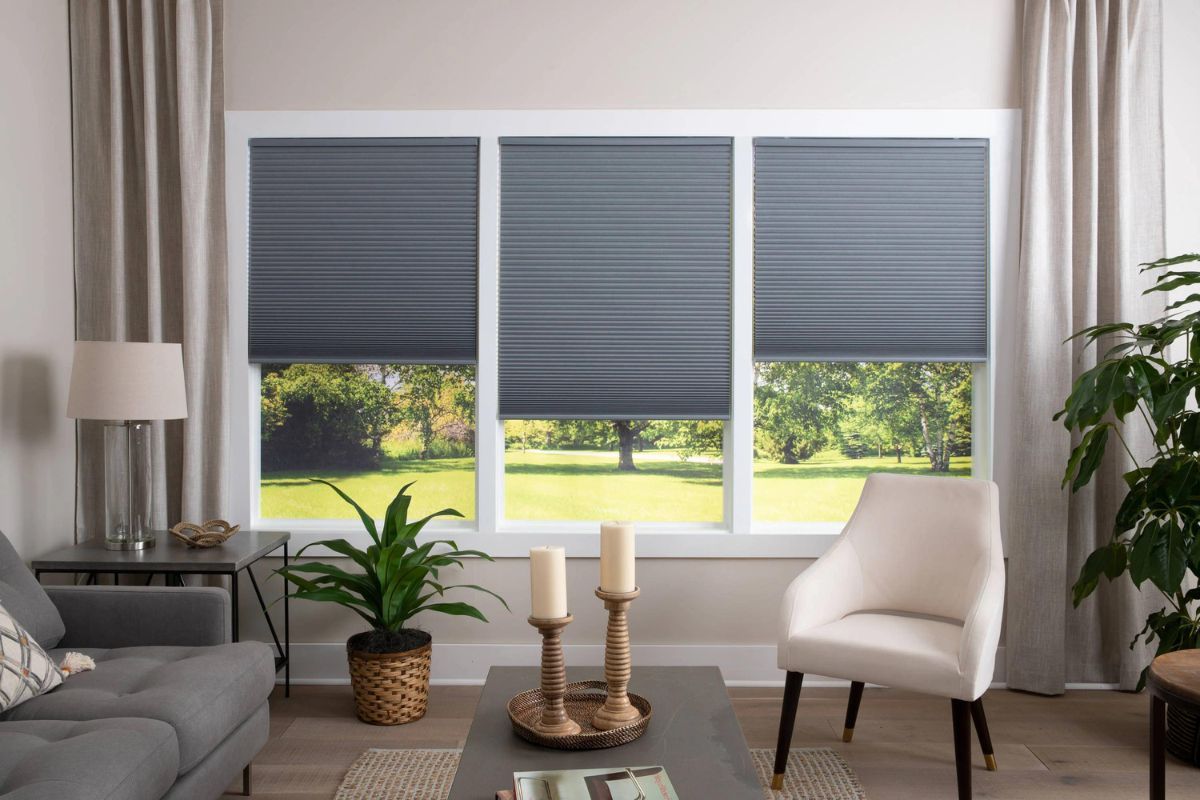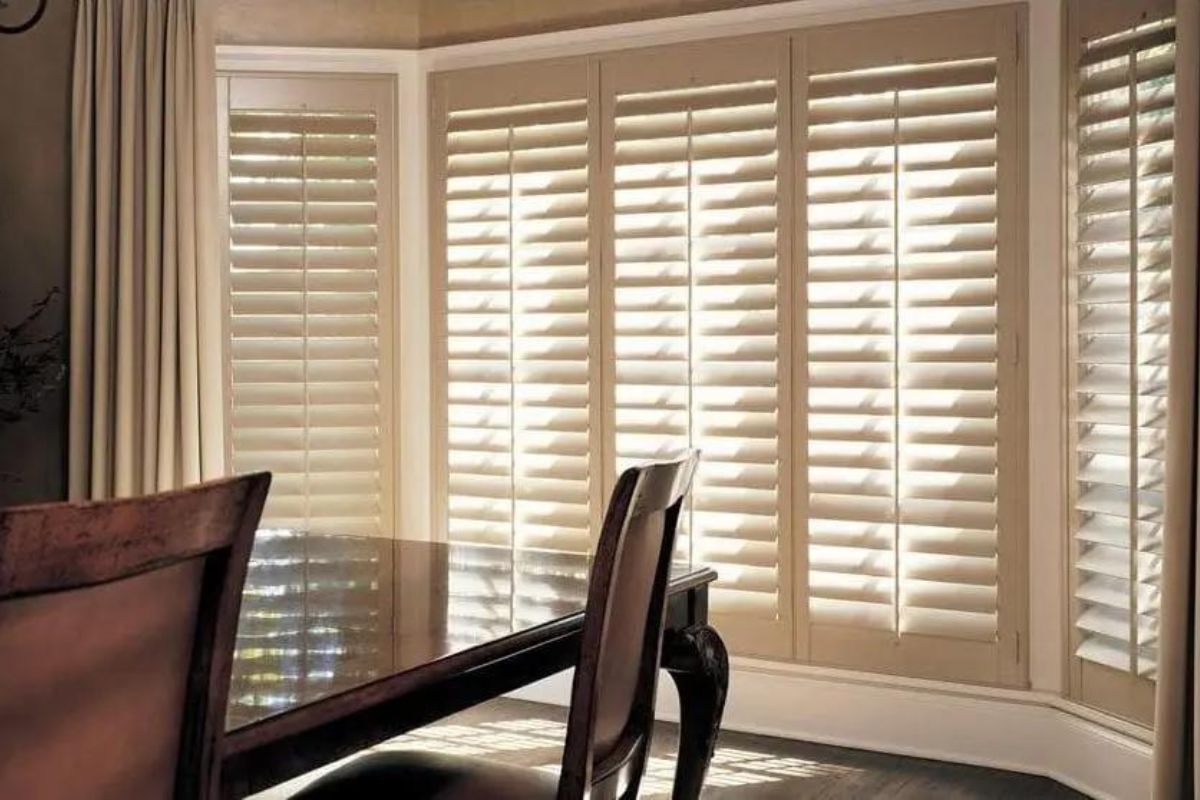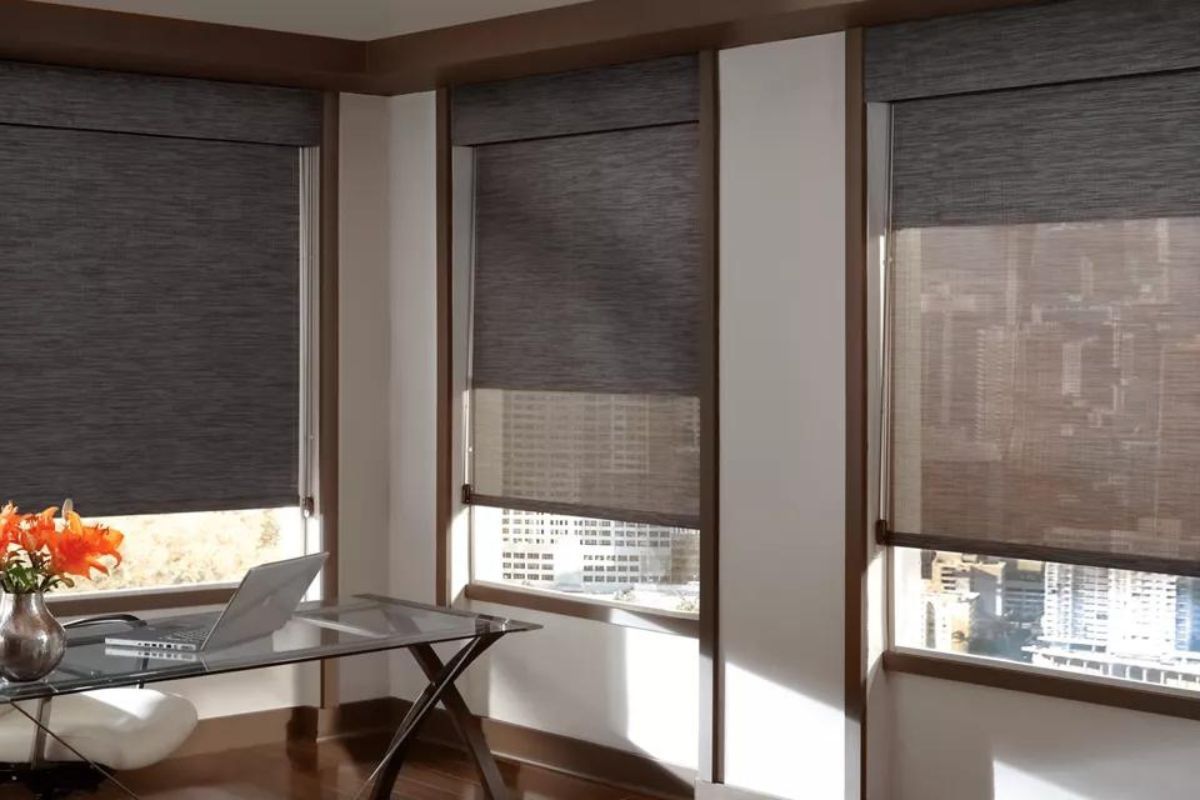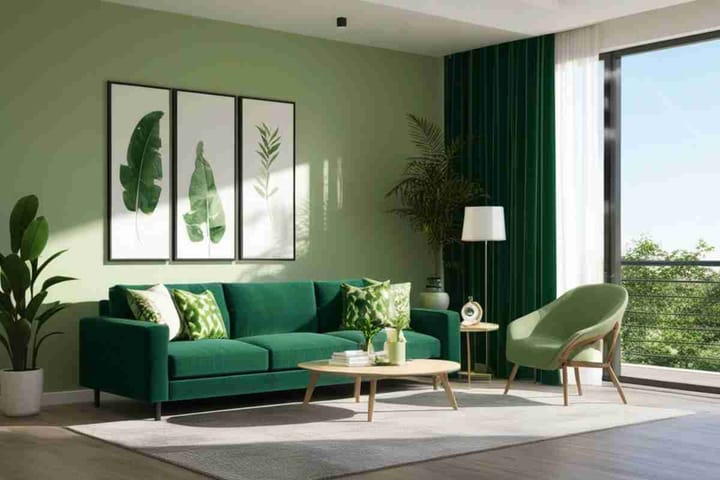A Homeowner’s Guide to Choosing Energy-Efficient Window Treatments
Windows link us to the outside, regulate temperature, and let in light. Yet, they can lead to energy loss, affecting home heating and cooling efficiency.

Windows are an architectural feature that connects you with the outdoors, helps control temperature, and allows fresh air and light in. However, windows also allow air to escape, which can cause the excessive consumption of energy to properly cool and heat your home.
When your windows are not insulated properly, air leakage can happen, and this can increase heating and cooling costs. The best way to avoid this is to invest in energy-efficient windows.
However, if you don’t have purely energy-efficient windows, investing in energy-efficient window furnishings or treatments is also a good alternative if you’re not prepared to replace your windows entirely. Some of the options that can make your current windows energy-efficient are shades, blinds, and drapery.
Adding the right window coverings will save you a significant amount of money, raise the level of comfort in your home, and help reduce the harmful effects of fossil fuel consumption.
4 Energy-Efficient Window Treatments to Consider
1. Cellular Shades

Cellular shades have honeycomb-shaped cells that can trap air in their pockets, thus providing a layer of insulation. Consider using shades with three cells to get the best results. These are among the best choices for your home since they offer the highest efficiency value. Though these options are minimal and versatile, they impart maximum energy efficiency.
2. Shutters

Shutters won’t just add to the overall charm and value of your home but will also save you a fortune in terms of energy costs. They tend to have fewer gaps as opposed to other window treatments since they are closely installed in the window frame.
During the winter months, shutters will create a barrier in order to keep you warm inside. Come summertime, they block the incoming hot air and sunlight.
In particular, choose roller shutters made of aluminum slats filled with layers of an insulative material that effectively prevent up to 90% of the sun's heat from entering your home's windows in the summer, while at the same time functioning to reduce loss of heat during the winter months.
Shutters are excellent choices since they add to the aesthetics of your house, increase your property value, let you control incoming light, and are great insulators. For optimal energy efficiency and a superb structured look, upgrade your home with high-quality shutters.
3. Drapery

Drapery will add an extra layer of insulation on top of your shades or blinds. Closing the drapes for some parts of the night or day will provide energy-saving benefits. In cold regions, drapes can help reduce indoor heat loss. During hot months, draperies that receive direct daylight can significantly reduce heat. Drapery doesn’t just add beauty to your home but will also help control indoor temperature.
4. Solar Shades

Solar shades are insulating window treatments that do not block your view of the outdoors. The barrier between the harmful UV rays and your home is created with an opaque material, allowing you to enjoy an outside view. These shades are available in different transparencies, which include the blackout option that keeps your room dark during the daytime. Install solar shades in oversize windows, patio doors, and bay windows.
2 Important Considerations When Purchasing or Installing Window Treatments
1. R-value
Look into the R-value of the window treatment. Ask the window manufacturers how this was determined if it is for the total treatment or just at the center of the treatment, and under what testing conditions. Ask whether this value is an estimate or has been tested in the laboratory. The installation and management of the window treatment can have an impact on its energy-insulating effectiveness.
2. Condensation
Sometimes, condensation becomes a problem with window treatments. A good, well-insulated window treatment can keep heated room air away from the windows. During winter months, the glass will be cold because of the low outdoor temperature – and this can result in moisture condensation on the glass.
Condensation causes the deterioration of window frames as well as leads to mildew formation. Thus, it is crucial for you to consider the possibility of this situation when adding a well-insulated window treatment. A vapor barrier can remedy this situation.
Monitoring condensation at your windows and wiping it away when it appears is another solution. Other alternatives to tight window treatments include upgrading your windows to more energy-efficient windows, weatherizing your window with sealers and caulk, and adding shades on the window exteriors with the help of outdoor blinds, awnings, and other shading devices.
An Energy-Efficient Home Is a Happier, Healthier Home
Saving money when making home improvements is imperative, but saving the environment is equally (or even more) important. Excessive energy consumption can result in air pollution, leaching toxic chemicals, and CO2 emissions. By taking steps to equip your windows with insulated coverings, you can save an enormous amount of energy, making the world a happier and healthier place to live in.




Comments ()